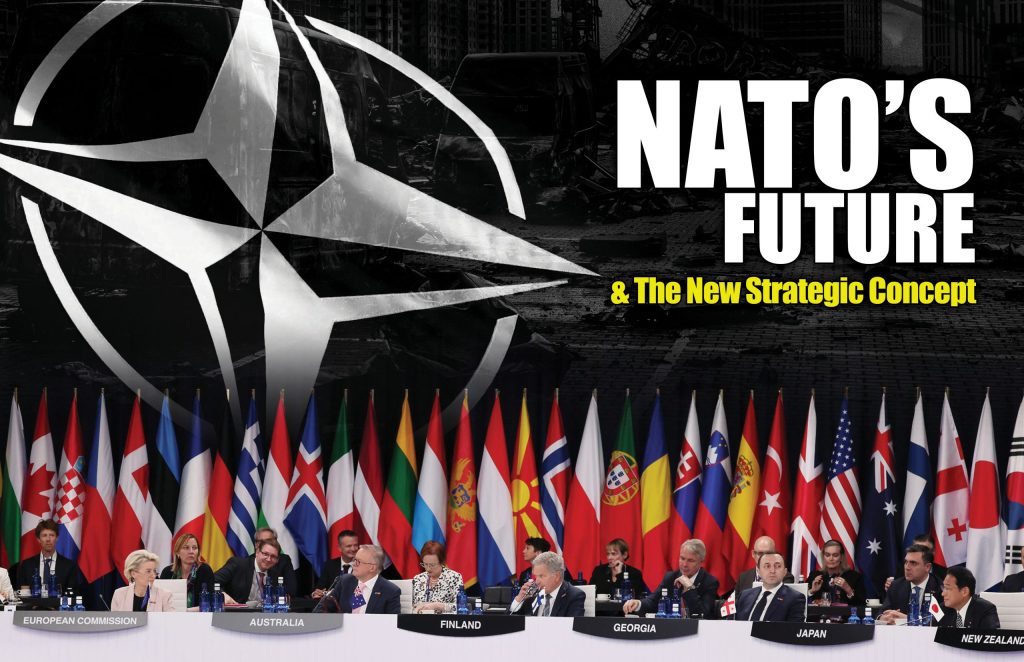Adapting NATO for the Future: Strategic Concepts and Transformations
The North Atlantic Treaty Organisation (NATO) has undergone various transformations since its inception in 1949, not least in its strategic concept. In the aftermath of World War II, NATO's main purpose was to safeguard the security and defense of the United States and its European allies from the Soviet Union during the Cold War era. The original strategic concept revolved around this idea of collective defense and deterrence.
However, with the end of the Cold War in 1991, NATO's strategic concept underwent a significant shift. The organization expanded its scope beyond collective defense to take on roles in crisis management and cooperative security. This shift is closely tied to the Madrid Summit in June 1997, where a new strategic concept was adopted. The Madrid Strategic Concept addressed the new threats and challenges facing NATO and its member states, including the rise of non-traditional threats such as terrorism, cyberattacks, and the proliferation of weapons of mass destruction.


